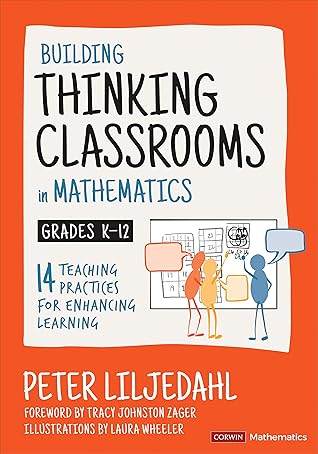This was true for students in Grades 2–12. For K–1, however, we found that even three columns were initially too many. Students in these grades are still developing their ability to see and sense nuance and subtlety, and they are still experiencing their world through a lens of binary opposites—good-bad, high-low, hot-cold, wet-dry, big-little, and so on (Bettelheim, 1976, Egan 1988, Zazkis & Liljedahl, 2008). Therefore, for these grades the rubrics were only two columns and were constructed, for the most part, using visuals (see Figure 12.3).
Welcome back. Just a moment while we sign you in to your Goodreads account.


